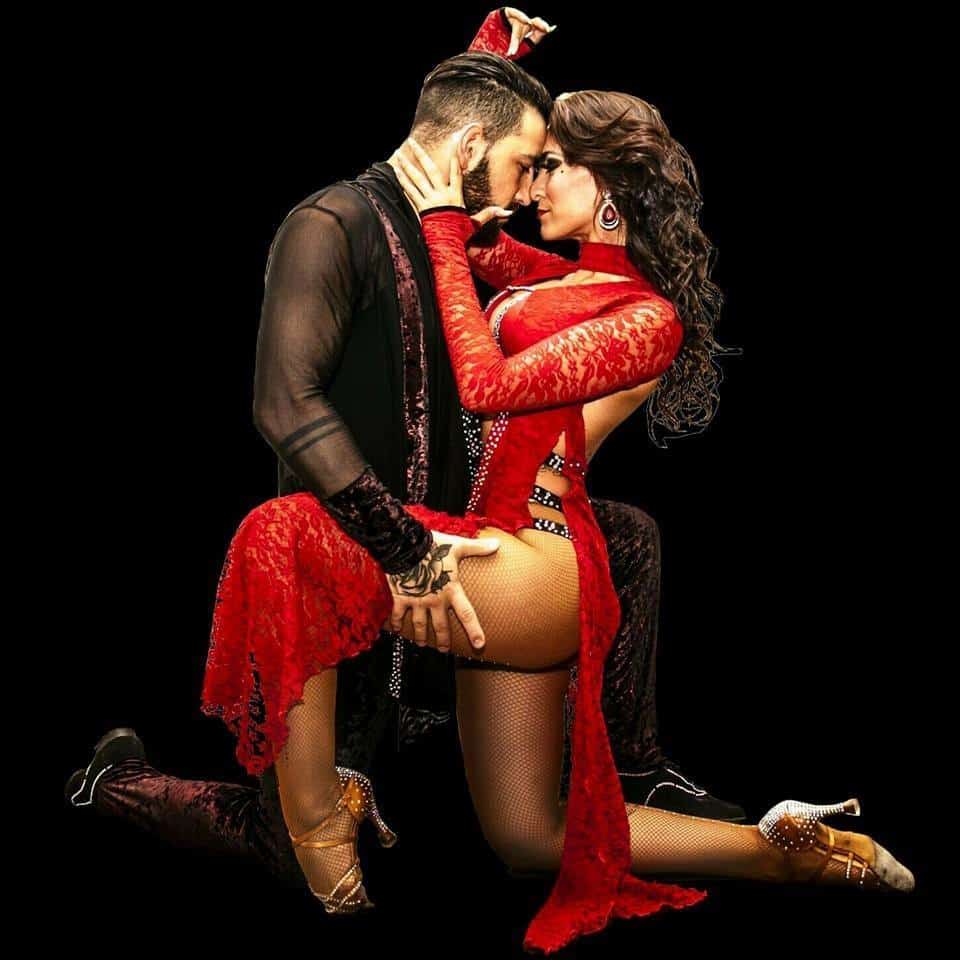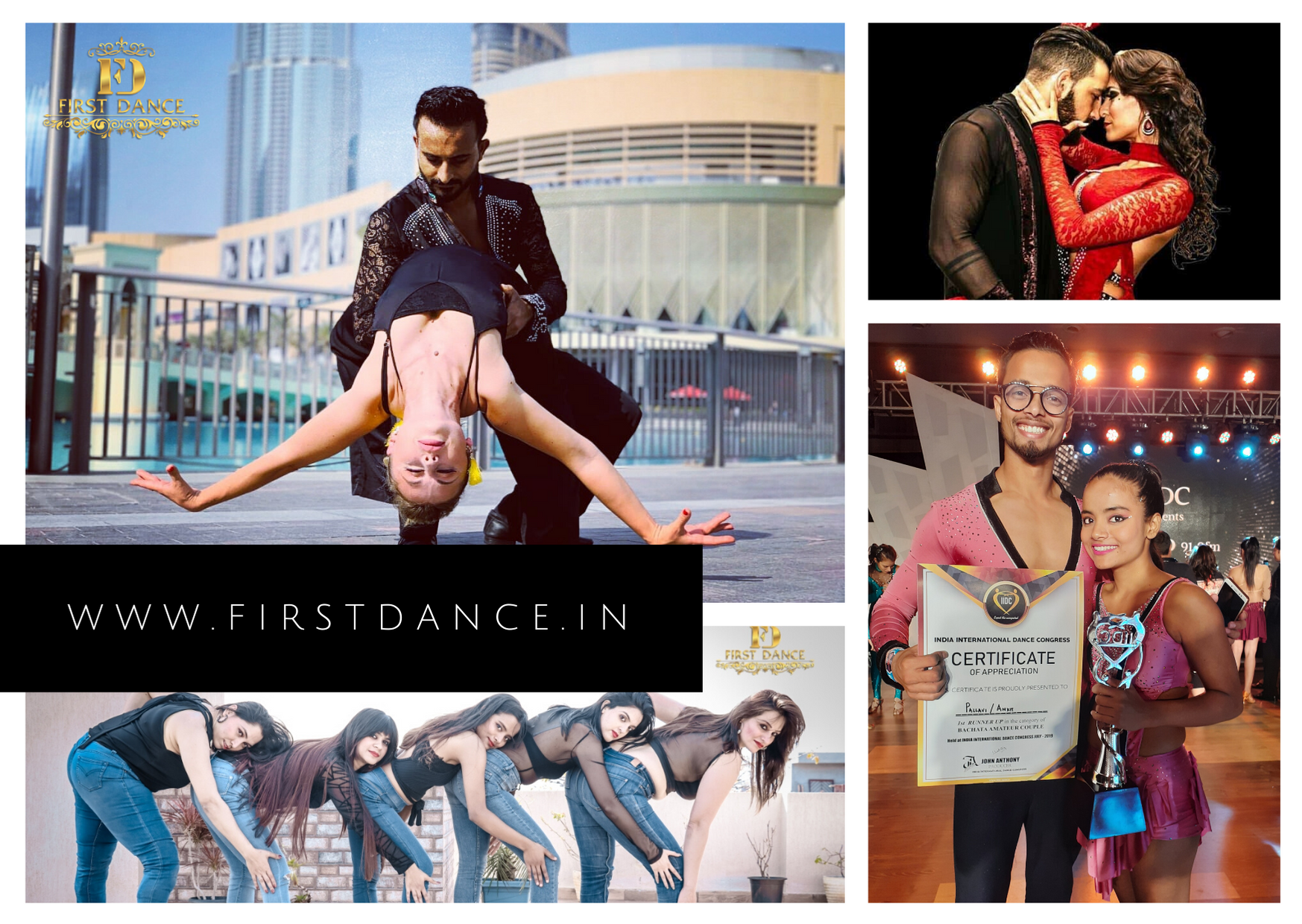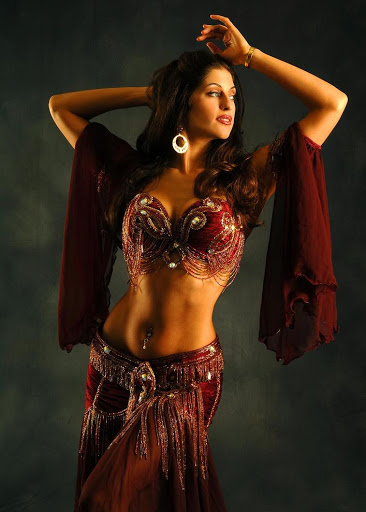I am here to help you!
People do not understand that what they should learn Salsa or Bachata? So here we are, I will say both… because of Salsa more about fun, fast footwork, multiple spins, and very fast pace, whereas the Bachata is more into a slow pace, romantic songs, and sensual moves.

- Intimacy: While both Salsa and Bachata are couple dances, Bachata is more intimate than Salsa. While the steps matter a lot in Salsa, the chemistry between the couple matters much more in Bachata. The couple is closer to each other in Bachata, hugging each other almost all the time.
- Pace: Salsa is generally faster than Bachata. There are slow Salsa songs as well, but those would be exceptions. As a result, Bachata is also considered slightly easier than Salsa.
- Popularity: Salsa is more popular than Bachata, and is generally more well known across the world. However, most pubs also play Bachata songs along with Salsa songs during the Salsa nights.
- Beats: The beats of Salsa go as “1..2..3……5..6..7……”, so there is a pause after the third and seventh beat. The fourth and eighth beats are covered in those pauses. On the other hand, the beats of Bachata go as “1..2..3..tap..5..6..7..tap..”. So there are 3 beats and a tap, followed by 3 more beats and a tap.
Salsa:
The roots of salsa originated in Eastern Cuba (Santiago de Cuba, Guantanamo) from the Cuban Son (about 1920) and Afro-Cuban dance (like Afro-Cuban rumba). There, Spanish and Afro-Cuban musical elements were combined, both in terms of rhythm and the instruments used.
Type of Salsa Style:
- Salsa Casino (Cuban style)
- Salsa Casino (Miami style)
- Afro-Latino style
- Cali style (Colombian Salsa)
- Rueda de Casino
- Los Angeles style (ON 1)
- New York-style (ON 2)
Bachata:
Bachata is a style of dance that originated in the Dominican Republic. It is danced widely all over the world but not identically. The basics of the dance are three-step with a Cuban hip motion, followed by a tap including a hip movement on the 4th beat.
Type Of Bachata:
- Dominican/Authentic
- Western/Traditional
- Sensual
- Modern





